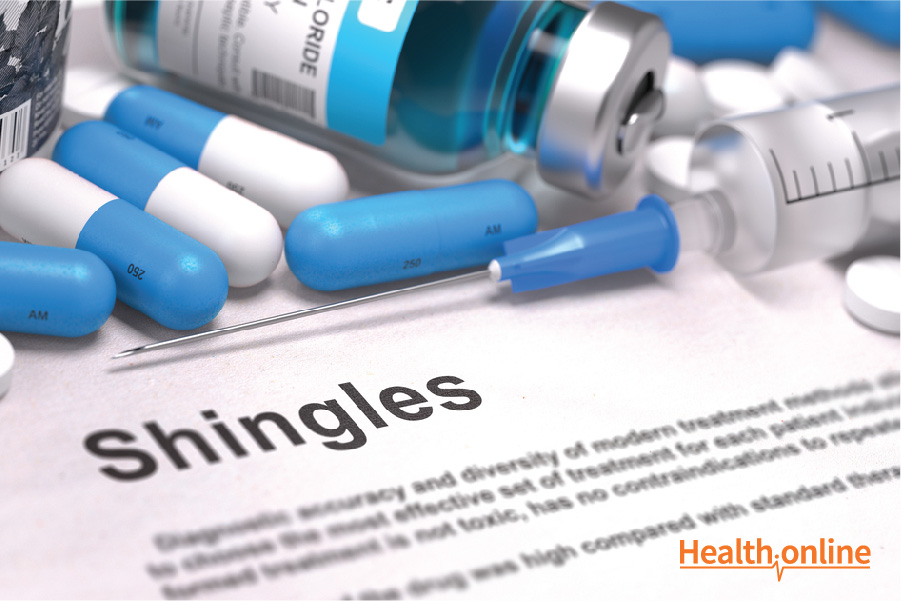
Diagnosis and Treatment of Shingles
Diagnosis of Shingles
The signs and symptoms of shingles are highly specific. It means that when your medical doctor sees the rash on one side of your body with severe pain on the said area, plus positive history of having chickenpox in the past, he could tell with much certainty if you have shingles. However, if there is doubt, he might request for herpes tests, consisting mainly of (1) examining the cells taken from the blister, (2) doing tissue culture, and (3) demonstration of antibodies in the serum.
If your medical doctor believes that you have shingles, in spite of some doubt, he will immediately start giving you medications because early treatment is the cornerstone of managing the disease. He may still request for the laboratory test(s), however, to confirm his suspicion that indeed you are suffering from shingles.
Treatment of Shingles
Being a viral infection there is no definitive cure for shingles. However medications can be used to shorten the duration of the illness and to prevent the development of various complications.
Antiviral drugs
Acyclovir is the drug of choice for shingles. There is a 800 mg tablet that is given five times a day at interval of four hours, omitting the nighttime dose. This mmedicine is typically taken for seven to ten days.
Analgesic drugs
Considering pain is one of the clinical manifestations of the disease, medications for pain will often be given. Some drugs used are tricyclic antidepressants, such as amitriptyline, or anticonvulsants, such as gabapentin or pregabalin.
Topical creams
In addition to oral analgesic drugs, you may use topical creams with capsaicin or lidocaine to control the pain.
Antibiotics
As the blisters in shingles rupture, the inner layers of the skin are exposed to the outside. When this happens, very likely, bacterial infection will take place. To prevent this, you will be prescribed with antibiotics for seven to ten days.




